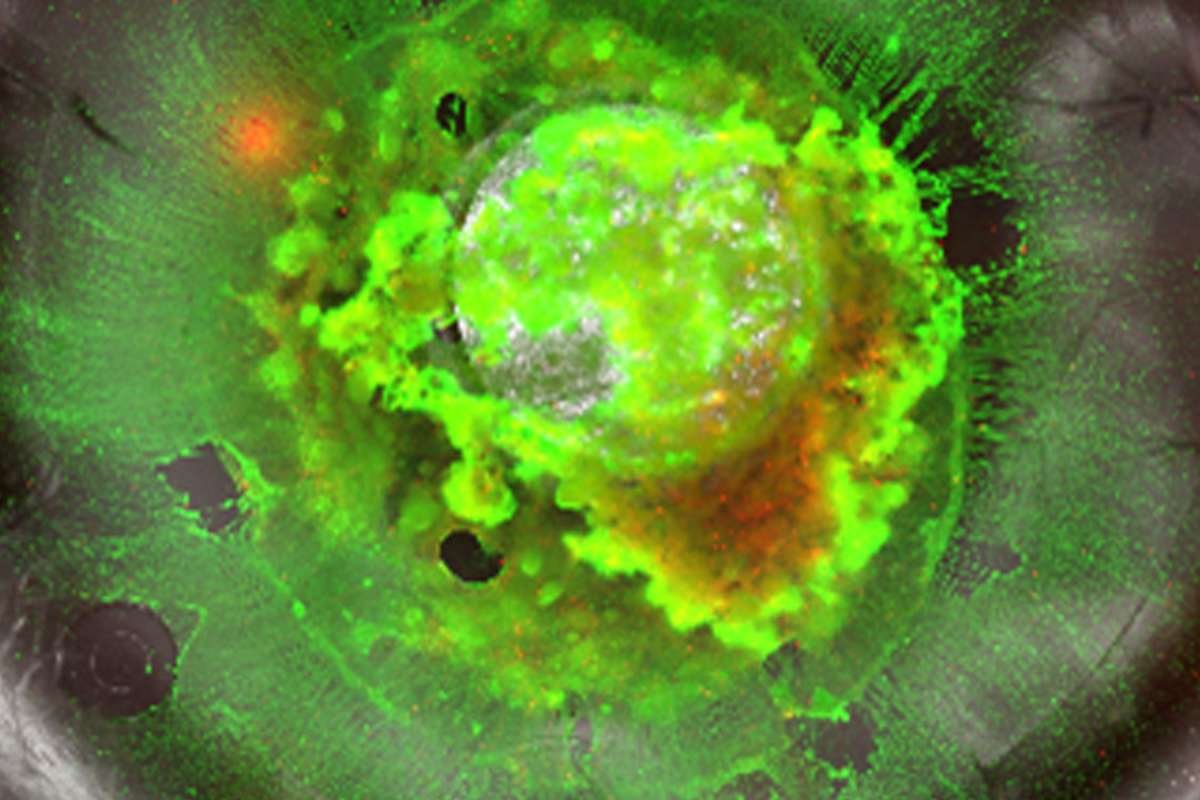Source-News-Medical.net
Under the direction of Professor Alanna Watt of the Department of Biology, researchers at McGill University have discovered hitherto unidentified alterations in brain cells impacted by a neurological illness. Their findings, which were published in eLife, may lead to new therapies for the illness.
Movement and coordination problems are brought on by a rare neurological condition called spinocerebellar ataxia type 6, or SCA6, which affects the cerebellum, a region of the brain. There is presently no known cure for the genetically mutated illness, which manifests as symptoms that begin in maturity and get worse with time.
Although the cerebellum, the area of the brain that controls balance and motor movement, has long been associated with SCA6, scientists are still unsure of the exact mechanisms underlying these alterations and how they may affect the development and course of SCA6.
The study examined genetically engineered mice bearing the same mutations as human SCA6 patients and showing mobility abnormalities typical of the disease as SCA6 models. The endosomal systems of the SCA mice’s cells had remarkable, hitherto unrecognised anomalies, according to tissue samples.
“Cells are busy places, with lots of things going on, and it is therefore crucial for cells to transport proteins and molecules to the right place at the right time. But in SCA6 this system goes wrong. Just like cars can get stuck in traffic, proteins and molecules can get held up in the transport machinery within certain cells.”
Spinocerebellar ataxia (SCA6) – causes, symptoms, diagnosis, treatment, pathology
Anna Cook, a former McGill PhD researcher, first author of the study
The researchers tried a medication known as 7,8-DHF to determine if the endosomal deficiencies could be fixed. They discovered that the treatment adjusted for the cellular irregularities, allowing the misplaced proteins to reach their destination. “This drug is effectively acting as a traffic cop,” Watt stated. “It gets the traffic moving again, allowing key signalling molecules to get to the cellular locations where they are needed to work.”
“Since there is currently no cure for SCA6, new information about the pathological changes in the disease is vital to help develop new drugs and treatments,” Cook stated. “This preclinical research is exciting not only because it sheds light on some of the fundamental mechanisms of this disease, but also because it points to an aspect of the disease that we have shown can be targeted therapeutically.”
In order to discover disease mechanisms and possible treatments for SCA6 and other cerebellar illnesses, the Watt lab is still working to advance this research. At the University of Oxford, postdoctoral researcher Anna Cook is currently investigating dopamine signalling in both healthy and diseased brains.
Also Read: Unlocking Nature’s Code: Navigating the Landscape of Synthetic Biology











